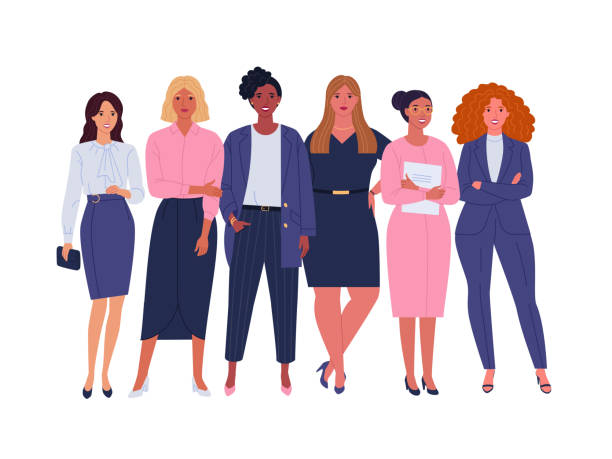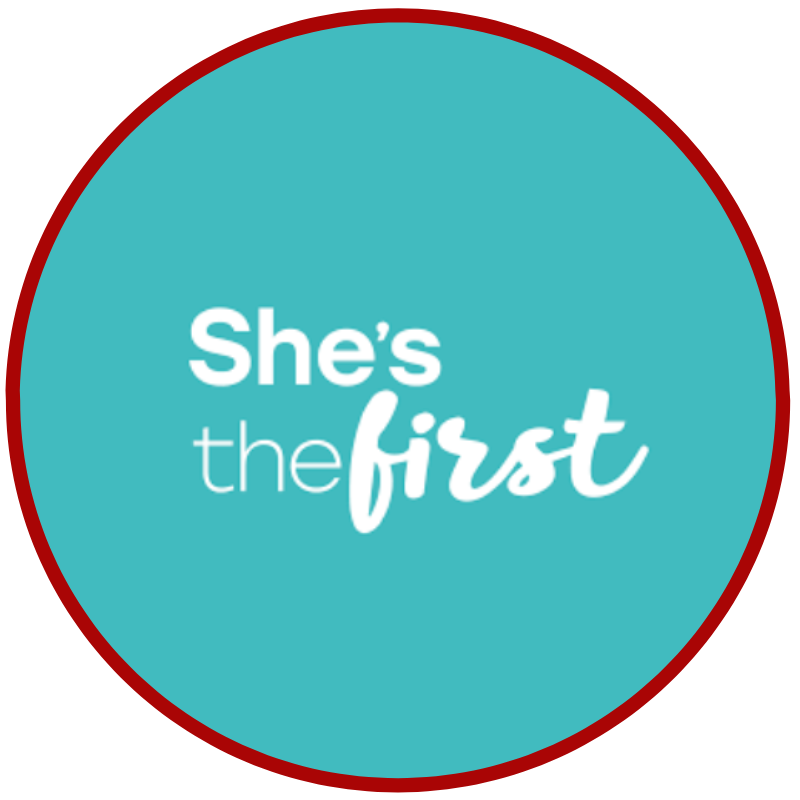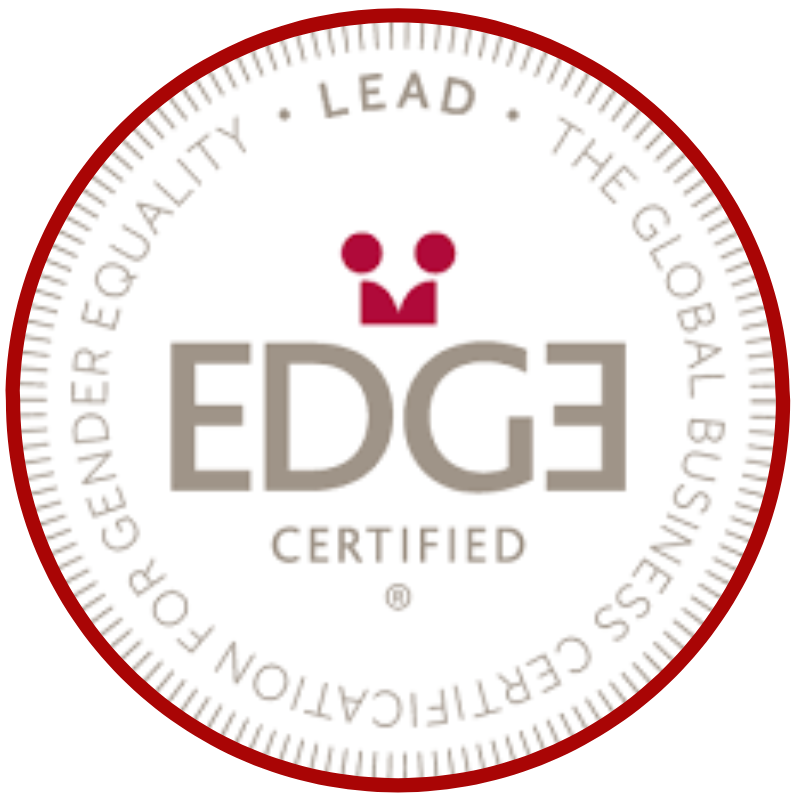By Susan Markham and Stephenie Foster
While COVID has upended everyone’s lives, women have borne the brunt of the pandemic in so many ways. COVID-19 has exposed and exacerbated gender inequalities and many of women’s economic gains have come to a standstill. Women business owners and entrepreneurs have suffered more than their male colleagues, as have women workers who have absorbed 54 percent of job loss despite comprising 39 percent of the global workforce. The public sector, private sector and civil society can all act to halt these losses. This article focuses on the impact COVID has had on women entrepreneurs and policies to address these issues.
Globally, the over 250 million women entrepreneurs drive growth, creating jobs and economic opportunity. In the U.S., more than 25 percent of small businesses have closed since December. Among those still operating, many fear for their futures, with only half saying they could survive another year under current economic conditions. Women are more likely than men to own businesses in sectors hard-hit, such as restaurants, personal services, and retail. Further, women and people of color often lack the same access to capital as White men whose businesses are more established.
According to a survey by the U.S. Chamber of Commerce, only 47 percent of American women business owners rated their business health as “good,” while 62 percent of male owners said the same. Just 49 percent of these women expect revenues to increase in early 2021, a 14 point decrease from earlier in 2020. Only 32 percent of women-owned small businesses plan to increase investments in the coming year, compared to 39 percent of their male counterparts.
Similarly, Babson College’s Diana International Research Institute conducted a series of surveys to understand the business challenges faced by women entrepreneurs during the pandemic. The surveys found 67 percent said revenue had dropped; 23 percent closed down their businesses permanently, while 26 percent reduced employees’ hours and 38 percent preferred low interest federal loans to assist their businesses.
Findings were similar globally. A Cherie Blair Foundation survey of women in entrepreneurship mentoring programs reflected that 93 percent were negatively impacted by COVID, with 43 percent reporting reduced or no access to customers. WEConnect International, a global network connecting women-owned businesses to qualified buyers, also surveyed its members. That survey found 82 percent negatively impacted by the pandemic between April and June 2020, with 84 percent reporting decreased sales/revenue. And similar to U.S. women business owners, these entrepreneurs reduced the amount of time spent on work due to increased caregiving responsibilities (25%).
Government programs to address COVID-related financial stresses did not reach firms owned by women and men equally. While women own 40 percent of U.S. businesses, just 16 percent of firms receiving Paycheck Protection Program loans are female-owned. Similarly, 24 percent of the women surveyed by WeConnect said they were unable to access needed additional resources.
But, despite these daunting statistics, entrepreneurship is up. As of December 2020, there were more than 1.5 million new business applications in the U.S., up 82 percent. Many of these businesses are being started by women, whether out of necessity or because entrepreneurship gives them more control.
Key Steps to Support Women Entrepreneurs
The Public Sector plays a unique role developing legal frameworks and setting policy.
- Because of this role, the leadership (and membership) of all government bodies and teams focused on COVID-19 response, recovery and future preparedness must be gender-balanced. This is fundamental to an economic recovery that is effective, inclusive and responsive to the needs of women and men, particularly those from marginalized backgrounds. Women’s organizations, often at the forefront of community response, must be consulted in this process.
- Since women face a disproportionate burden of caregiving, governments develop a stronger policy infrastructure for caregiving, including equitable parental leave, quality and affordable care for children and other family members, and policies promoting equal participation of men and domestic partners in unpaid care and domestic work. Government can also promote investment in the care economy, including increased quality of care jobs. The European Union, for example, directs its Member States to grant maternity leave of at least 14 weeks to self-employed women workers.
- Governments need to support closing both the gender and rural/urban digital divides by investing in needed infrastructure and enhancing digital skills development. The pandemic has accentuated the urgent need for connectivity and digital literacy for women entrepreneurs. Those lacking access to the Internet, smartphones and other vital technologies are falling further behind.
- With a tailored and gender-responsive approach, governments can also buy more goods and services from women-owned businesses through procurement of goods and services. Kenya’s public procurement policy, for example, reserves 30 percent of government contracts for women, youth and persons with disabilities.
The Private Sector can address challenges faced by women starting and running businesses in terms of access to financial and investment products as well as supply chains.
- Access to credit, including credit guarantees, is important for women entrepreneurs who are more likely to see substantially reduced revenue. Moreover, financial services companies can support COVID response and recovery by streamlining access to new financing for women entrepreneurs. The Tory Burch Foundation, in partnership with Bank of America, provides women entrepreneurs in the U.S. the opportunity to access affordable loans through community lenders.
- Like the public sector, corporations can commit to buying more goods and services from women-led businesses, and encourage the production of goods and services from the same. The private sector can identify barriers in their own systems, such as cumbersome and lengthy application processes, that prevent diversity in supply chains. For example, Walmart leverages its size and scale to source more from women-owned businesses, seeing this as the “right thing to do” and foundational to providing products and services their customers need. When buying from women-owned businesses is not an option, companies can source from companies offering fair pay and benefits for women employees.
Civil society non-profit and advocacy organizations, academia, business associations and program implementers can foster policy change through the use of research-driven and evidence-based insights and advocacy.
- Civil society can underscore the need for the private and public sectors to create a more enabling environment for women entrepreneurs. Where discriminatory laws remain, it can advocate for legal reforms regarding business ownership, access to capital, and non-discrimination. For example, WE EMPOWER, a project of the European Union, UN Women and the International Labour Organization advocated for sustainable, inclusive and equitable policies around women’s economic empowerment in the public and private sectors in G7 countries.
- Civil society organizations, business associations and academia can identify the needs of women business owners, create opportunities for sharing useful practices, and provide skills training. Women’s business networks can provide peer-to-peer learning and assist women entrepreneurs as they seek markets for their goods and services. WEConnect enhances the capabilities of women entrepreneurs to transact business globally, and has worked with the Royal Bank of Scotland to develop a supplier diversity code of conduct and concrete plan to increase gender diversity in supply chains.
Across All Sectors and initiatives, it remains important to collect and report data disaggregated by sex, age, ethnicity and race to inform policy. This intersectional data helps ensure that resources are provided to those that need it most. This data should include information about access to finance, access to networks, and ability to compete for both public and private sector procurement opportunities.
This article originally appeared on the Diana International Research Institute (DIRI) at Babson College membership platform.






